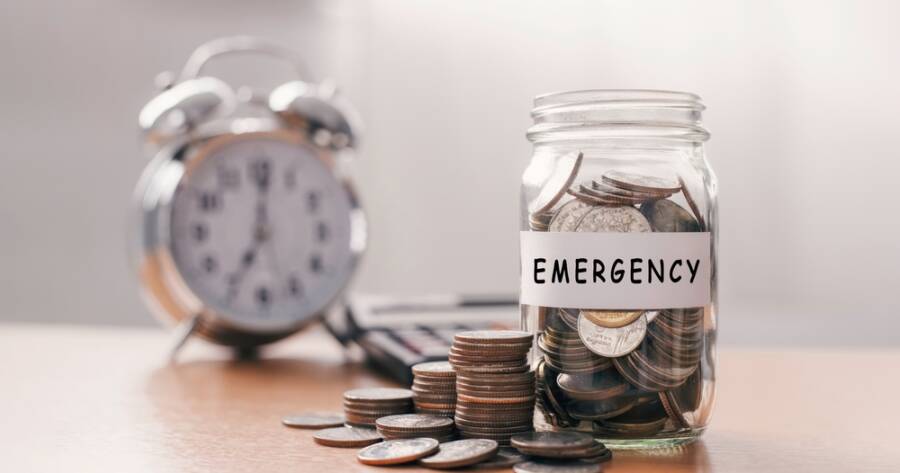Emergency funds provide essential financial security during unexpected situations. This financial cushion helps cover medical emergencies, car repairs, job loss, or home maintenance without causing stress or requiring loans. Planning ahead with dedicated savings protects you from financial hardships when surprises occur.
Why an Emergency Fund Is Important
1. Protects Against Unexpected Expenses
Life is unpredictable. From medical emergencies to car breakdowns, unexpected expenses can arise at any time. An emergency fund ensures you have cash on hand to cover these costs without disrupting your financial stability.
2. Prevents Debt Accumulation
Without an emergency fund, people often turn to credit cards or personal loans to cover urgent expenses. High-interest debt can quickly spiral out of control, making it difficult to recover financially. An emergency fund prevents this by providing immediate access to cash.
3. Provides Financial Peace of Mind
Knowing you have money set aside for emergencies reduces stress and anxiety. Instead of worrying about how to handle a sudden expense, you can focus on finding solutions without financial pressure.
4. Helps Maintain Your Lifestyle During Job Loss
Losing a job is one of the most financially challenging situations. An emergency fund acts as a safety net by covering essential expenses such as rent, mortgage, utilities, and groceries while you search for a new job.
How Much Should You Save?
The amount you should save depends on your personal financial situation, but here are general guidelines:
1. Starter Emergency Fund
- Ideal for beginners who are just starting to save.
- Covers small emergencies like minor car repairs or medical bills.
- Helps prevent reliance on credit cards for unexpected expenses.
2. Three to Six Months of Expenses
- Recommended for financial stability.
- Covers essential expenses such as housing, food, utilities, and transportation.
- Provides a buffer in case of job loss or a major financial setback.
3. One Year of Expenses (Advanced Emergency Fund)
- Ideal for those with unstable income or self-employment.
- Provides long-term security during economic downturns.
- Ensures financial independence in case of prolonged unemployment.
How to Build an Emergency Fund
1. Set a Monthly Savings Goal
Start by saving small, manageable amounts each month. Even setting aside a small amount per month can grow into a solid emergency fund over time. The rule is usually to set aside 3-6 months worth of expenses.
2. Automate Your Savings
Use automatic transfers to send a portion of your paycheck directly into your emergency fund. This ensures consistency and removes the temptation to spend the money.
3. Cut Unnecessary Expenses
Look for ways to reduce spending by cutting back on subscriptions, dining out, or impulse purchases. Redirect these savings into your emergency fund.
4. Use Windfalls Wisely
Put extra income, such as tax refunds, work bonuses, or cash gifts, into your emergency fund instead of spending it on non-essential purchases.
5. Keep Your Emergency Fund Separate
Store your emergency fund in a high-yield savings account that is easily accessible but separate from your daily spending account. This prevents accidental spending while still allowing quick access in an emergency.
When to Use Your Emergency Fund
An emergency fund should only be used for true financial emergencies, such as:
- Medical bills not covered by insurance.
- Urgent car repairs that affect transportation to work.
- Essential home repairs, such as a broken furnace or roof damage.
- Job loss or unexpected reduction in income.
It should not be used for:
- Non-essential purchases like vacations or luxury items.
- Regular bills and expenses (unless facing a true financial crisis).
A Financial Safety Net for Peace of Mind
An emergency fund is a critical part of financial health, providing protection against unexpected expenses and preventing debt accumulation. By saving consistently, cutting unnecessary costs, and automating deposits, you can gradually build a solid financial safety net.
No matter your income level, starting an emergency fund today will provide peace of mind, security, and financial independence when life’s unexpected challenges arise.

